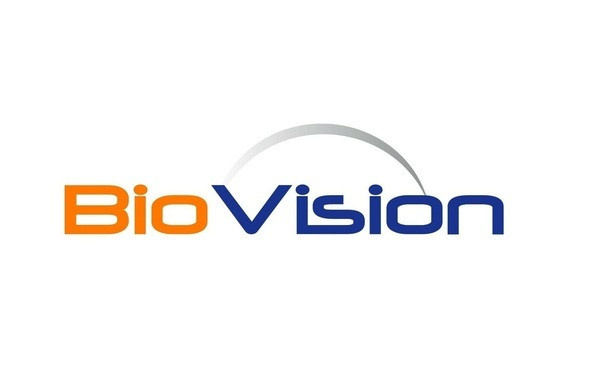Biovision
Human CellExp™ CTLA-4/CD152, mouse recombinant
- SKU:
- 26-P1081
- Availability:
- Usually Shipped in 5 Working Days
- Storage Temperature:
- -20°C
- Shipping Conditions:
- Gel pack
- Shelf Life:
- 12 months
Description
Biomolecule/Target: CTLA4
Synonyms: CTLA4, CD152, CELIAC3, GRD4, GSE, ICOS, IDDM12
Alternates names: CTLA4, CD152, CELIAC3, GRD4, GSE, ICOS, IDDM12
Taglines: A protein receptor that downregulates the immune system.
Taglines: USA
Country of Animal Origin: USA
NCBI Gene ID #.: 12477
NCBI Gene Symbol: CTLA4
Gene Source: Mouse
Accession #: P09793
Recombinant: Yes
Source: HEK 293 cells
Purity by SDS-PAGE #: >95%
Assay: SDS-PAGE
Purity: N/A
Assay #2: N/A
Endotoxin Level: < 1 EU/μg
Activity (Specifications/test method): Measured by its binding ability in a functional ELISA.
Biological activity: Immobilized Mouse B7-1 and B7-2, Fc Tag at 0.2 μg/mL (100 μ L/well) can bind Mouse CTLA-4, mouse IgG2a Fc tag with a linear range of 0.1-3 ng/mL and 0.4-3 ng/mL respectively.
Results: N/A
Binding Capacity: Immobilized Mouse B7-1 and B7-2, Fc Tag at 0.2 μg/mL (100 μ L/well) can bind Mouse CTLA-4, mouse IgG2a Fc tag with a linear range of 0.1-3 ng/mL and 0.4-3 ng/mL respectively.
Unit Definition: N/A
Molecular Weight: 41.1 kDa
Concentration: N/A
Appearance: Lyophilized
Physical form description: Lyophilized from 0.22 μm filtered solution in PBS, pH7.4. Generally Mannitol or Trehalose is added as a protectant before lyophilization.
Reconstitution Instructions: Reconstitute in sterile deionized water to a concentration of 50 μg/ml.
Background Information: CTLA-4 (Cytotoxic T-Lymphocyte Antigen 4) is also known as CD152 (Cluster of differentiation 152), is a protein receptor that downregulates the immune system. CTLA4 is a member of the immunoglobulin superfamily, which is expressed on the surface of Helper T cells and transmits an inhibitory signal to T cells. The protein contains an extracellular V domain, a transmembrane domain, and a cytoplasmic tail. Alternate splice variants, encoding different isoforms. CTLA4 is similar to the T-cell co-stimulatory protein, CD28, and both molecules bind to CD80 and CD86, also called B7-1 and B7-2 respectively, on antigen-presenting cells. CTLA4 transmits an inhibitory signal to T cells, whereas CD28 transmits a stimulatory signal. Intracellular CTLA4 is also found in regulatory T cells and may be important to their function. Fusion proteins of CTLA4 and antibodies (CTLA4-Ig) have been used in clinical trials for rheumatoid arthritis.
Amino acid sequence: N/A
Handling: Centrifuge the vial prior to opening.
Usage: For Research Use Only! Not to be used in humans



